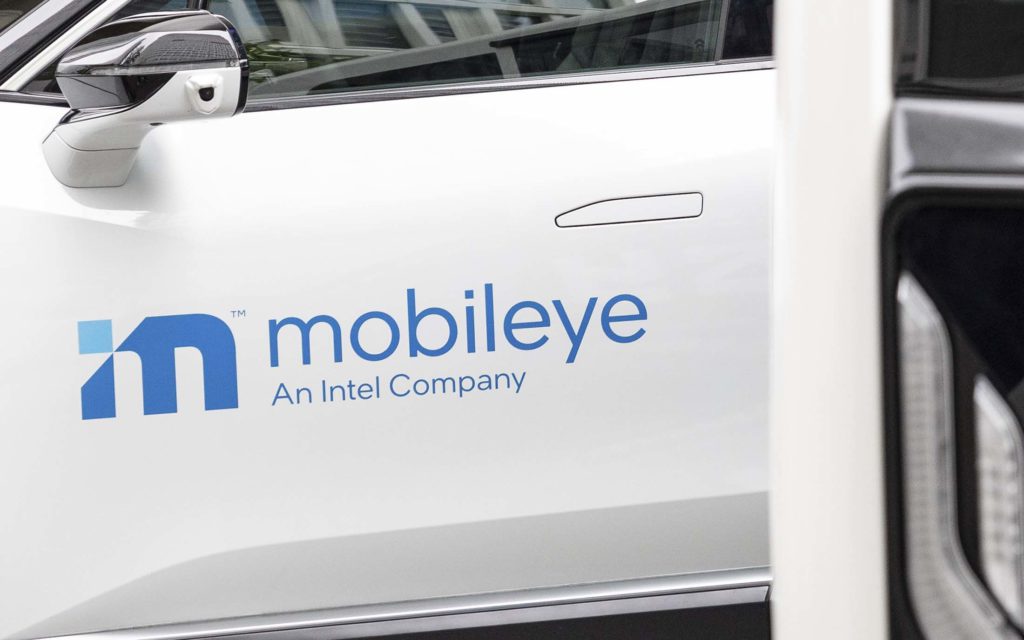Intel Corp. is scaling back expectations for its Mobileye initial public offering in the face of a broader stock slump and could delay the share sale until next year if conditions don’t improve, people familiar with the process said.
(Bloomberg) — Intel Corp. is scaling back expectations for its Mobileye initial public offering in the face of a broader stock slump and could delay the share sale until next year if conditions don’t improve, people familiar with the process said.
The company expects the IPO to value the self-driving technology business at as much as $30 billion — less than originally hoped — according to the people, who asked not to be identified because the deliberations are private. The original plan was to offer the stock around the middle of 2022, and Reuters and others reported potential valuations of more than $50 billion.
Intel Chief Executive Officer Pat Gelsinger is trying to capitalize on the Israel-based business, acquired in 2017, with a partial spinoff of its shares. Mobileye makes chips for cameras and drive-assistance features, and is seen as a prized asset as the car industry races toward fully automated vehicles. But Intel is running up against a bear market for chip stocks and a dearth of IPOs, making it harder to complete the deal.
If semiconductor stocks rebound, the offering could still be possible in 2022, according to the people. Otherwise, it will be pushed back.
Intel shares fell as much as 1.1% to $31.10 on Monday, reaching session lows, after Bloomberg reported the news. The stock recouped most of the losses by 1:45 p.m. in New York.
Representatives for Mobileye and Santa Clara, California-based Intel declined to comment.
A successful Mobileye IPO could clear a growing logjam of chip-related assets waiting to come to market. SoftBank Group Corp. also is trying to sell shares of semiconductor designer Arm Ltd. by early next year. Ampere Computing LLC, a startup making processors for data centers, is planning an IPO as well.
For Intel’s Gelsinger, a successful IPO would help show his turnaround plan is bearing fruit. The company has suffered from sliding sales and earnings, along with the loss of market share to rivals such as Advanced Micro Devices Inc. The CEO has outlined an ambitious spending plan to rebuild Intel’s manufacturing prowess, get into new businesses and restore its technological leadership.
Intel will remain the majority owner after the transaction, which involves an offering of newly issued Mobileye stock, the company said in December.
The majority of the proceeds will be retained by Intel, Gelsinger has said, but Mobileye will be given a balance sheet that allows it to fuel its expansion plans, he said.
Mobileye has been a particularly bright spot. The business, acquired for about $15 billion, has consistently grown faster than its parent, which is on course to report a revenue decline of as much as 16% this year. In the second quarter, Mobileye posted sales of $460 million, a gain of 41% from a year earlier. That helped operating income rise 43% to $190 million.
Intel’s shares have lost 39% of their value this year, worse than chip stocks overall. The Philadelphia Stock Market Semiconductor Index is down 31% in 2022.
(Updates Intel shares in fifth paragraph.)
More stories like this are available on bloomberg.com
©2022 Bloomberg L.P.











